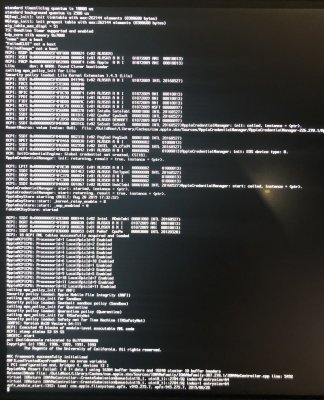- Joined
- Feb 7, 2012
- Messages
- 296
- Motherboard
- Gigabyte Z390 Designare
- CPU
- i7-9700K
- Graphics
- Vega 56
- Mac
- Mobile Phone
@CaseySJ with these new Z490 motherboards, will we be able to use them straight away in regards to Hackintosh, I.E. do current real Macs that exist mean we can utilise the Z490 chipset?
Furthermore, are you planning on upgrading as soon as these are available, or are you planning on waiting until at least Rocket Lake is out?
Furthermore, are you planning on upgrading as soon as these are available, or are you planning on waiting until at least Rocket Lake is out?



